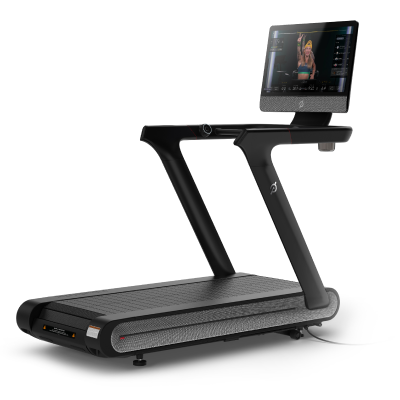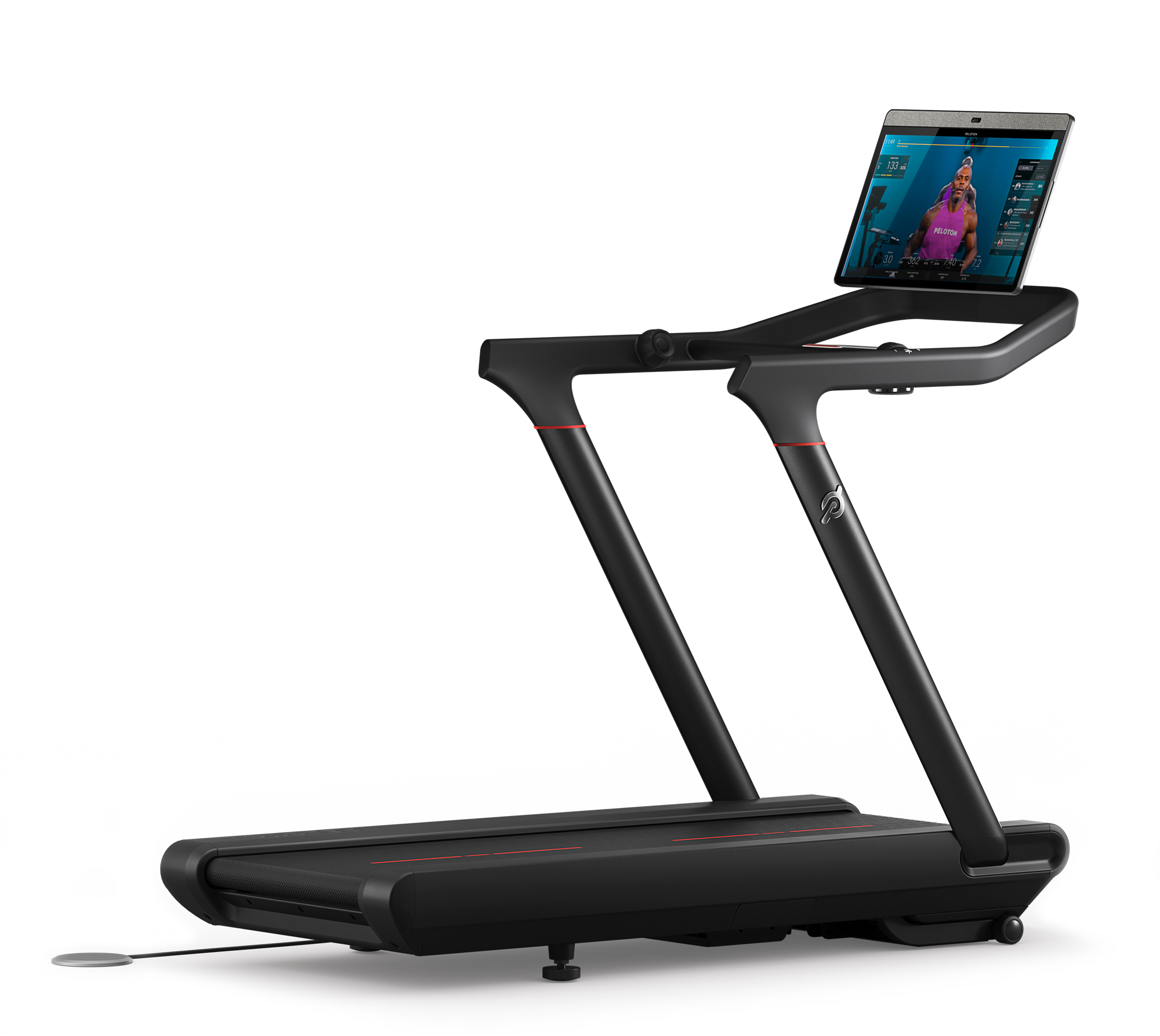
How to Use the Run-Walk Method to Run Longer, Faster, and with Less Effort
Taking strategic walking breaks can help improve your running, no matter your level.
By Jennifer Heimlich•
What, Exactly, Is the Run-Walk Method?
Benefits of the Run-Walk Method
How to Do the Run-Walk Method
How to Set Your Pace for the Run-Walk Method
Potential Downsides
How to Use the Run-Walk Method In Your Race Strategy
The Takeaway
When you first start running, trying to keep at it for an entire workout can be rough. Whether you’re aiming for 30 continuous minutes or just one mile straight, you might be huffing and puffing and your legs screaming at you to stop. It’s easy to get so discouraged that you quit running altogether.
Well, we’re here to tell you that there’s a smarter approach: the run-walk method. Breaking up a run with some walking intervals can help you build up your endurance and confidence. And, despite some common myths, this approach isn’t just a “crutch” used by rookie runners.
“A run-walk strategy can be beneficial for anyone, no matter where they are on their running journey,” says Peloton instructor Jon Hosking. In particular, it can be helpful for runners who are looking to add more mileage to their training or incorporate speed intervals, those coming back from an injury or pregnancy, or, really, anyone who simply finds sustained running intimidating or physically tough.
Jon says he personally used the method last year while he was getting back into running after rehabbing an ankle issue. “The first month back was solely run-walks,” he says. (Yes, even Peloton instructors use the run-walk method!)
Wondering how this approach could work for your running? Here’s what you need to know before you try it and how to give it a shot.
What, Exactly, Is the Run-Walk Method?
The run-walk method is just what it sounds like: a strategy that mixes walking intervals with bouts of running rather than simply running for a sustained period of time. The method was popularized by the influential running coach Jeff Galloway (some people even call it “the Galloway method”). He first started promoting the strategy during the running boom of the 1970s in order to help beginner runners manage their fatigue.
The beauty of this approach is that it’s super flexible. There’s no one set distance or time you need to hit. Your run-walks can evolve along with your running skills: As you increase your stamina, become fitter, and get better at running, you can gradually increase how much time you spend running and decrease how much you walk.

Peloton App
Access thousands of classes with no equipment needed.
Benefits of the Run-Walk Method
There are a few main reasons why runners choose to harness the power of the run-walk method.
It Can Help You Tackle More Miles
Perhaps you can’t imagine yourself ever being able to run a marathon or maybe even a 5K. Well, you could probably cover the miles if you just gave yourself the grace to slow down to a walk when you needed to. “A run-walk strategy can be beneficial for anyone looking to add distance to their runs,” Jon says. Breaking up the miles with walk breaks and giving yourself a chance to catch your breath can make a long run feel far more manageable—both mentally and physically. One small 2014 study in the Journal of Science and Medicine in Sport even found that marathoners who used this method finished with less muscle pain.
It Can Help Keep You Healthy
Running is a high-impact sport that puts a good deal of stress on your body. Following the run-walk method can help you avoid overuse injuries since it decreases the overall impact put on your body during a run. This can be especially helpful if you’re newer to running and your body isn’t yet used to that ground reaction force. It’s also great when you’re coming back from an injury or during the postpartum period when you need to take things a little easier.
It Can Help You Practice Faster Speeds
Because the run-walk method gives your body a chance to recover mid-workout, you’re ultimately able to run faster than you would if you didn’t give yourself any walk breaks. “It allows you to maintain performance levels for the running pushes,” Jon says. This can be especially helpful if you’re trying to practice a particular pace or just get a feel for what it’s like to run faster. “Doing short spurts of sprinting, longer recoveries in a walk, is a great way to gain awareness of higher speeds of running and how they’ll feel,” Jon says. Bonus: It might be easier to maintain good running form because your muscles won’t be so fatigued.
How to Do the Run-Walk Method
When he was easing back into running last summer, Jon says he would run for five minutes then power walk for five minutes, repeating that for 40 minutes total. But that is just one approach to the run-walk method. Keep these tips in mind when planning out your own run-walk strategy:
Figure out your ideal intervals: If you’re totally new to running, start out conservatively. You might follow 1:1 or 1:2 intervals, where you run for one minute and then walk for one or two minutes. As you get more comfortable with distance running, increase the amount of time you spend at a faster pace. “A brilliant way to progress is to gradually decrease the time spent walking, slowly improving endurance in a manageable way,” Jon says. You might work up to running a mile at a time, then taking just a 30-second walk as a way to refresh.
Or follow a guided run: Instead of timing yourself with a watch or app, you can also try a guided run where an instructor coaches you through the intervals. The Peloton App offers instructed treadmill workouts as well as audio-only outdoor classes to use while running outside.
Walk with intention, but keep your gait natural: It can be tempting to speed walk, but you don’t want to overstride and end up injuring yourself. Also, the point is to let your body recover, so remember to keep the walk fairly comfortable.
In a race or group, move to the side: Always remember good runner etiquette—before you slow down to a walk, move toward the side of any crowds and lift a hand up above your head to signal that you’re stopping. This can help you avoid a collision with another runner.
How to Set Your Pace for the Run-Walk Method
Exactly how fast you go when you’re following the run-walk method depends on your fitness levels and your training goals, Jon says. “But typically, a walking recovery should open up space for your running pace to be moderate to challenging,” he says.
Remember: Keep the walks casual enough so you feel somewhat recovered once it’s time to start running again. Then, pick up the pace to a speed that feels like a manageable challenge. That said, listen to your body. If you’re struggling to make it through your running intervals, slow them down and work on building up enough stamina to get through the workout.
Potential Downsides
To be sure, there are some limitations to following a run-walk strategy. Jon points out that it’s not quite as effective for building endurance as a steady run that keeps your heart rate high the entire time. “You’ll build more endurance if you can maintain a steady running tempo for long runs rather than continuously allowing yourself to slow into a walk and recover,” he says.
If you aren’t diligent about keeping to a defined interval schedule, it can also be easy to let yourself slip into longer and longer walk breaks as you grow more tired over the course of a run. Pro tip: Before you start, set a timer on your watch or phone to alert you whenever it’s time to begin walking or running, or set your treadmill to automatically alternate between a walking and running pace. Alternatively, you can try a guided workout by cueing up a Walk + Run class on the Peloton App. This way, you’re more likely to stick to the plan, even when your energy is flagging.
Also, continually stopping your run to walk can keep you from getting into that daydreamy flow-state (better known as a “runner’s high”) that can happen on a steady-paced run. What’s more, early in a run, before you’ve built up fatigue, stopping yourself to walk can sometimes feel counterintuitive, even if it’s what you’ll need to finish your goal distance.
How to Use the Run-Walk Method In Your Race Strategy
Just because you’re gearing up for a race doesn’t mean you need to abandon those walking intervals. Jon sees the run-walk method as a helpful training tool. “A short walking recovery can do wonders for you during a long run,” he says.
Some runners even pull out the run-walk method on race day itself. Although you might assume walk breaks would tank your time, that’s not always the case: That same 2014 Journal of Science and Medicine in Sport study found that run-walkers actually finished in similar times to those who only ran. Because walking helps decrease muscle fatigue, it could help you keep the pace spicier when you are running.
Just be sure to practice the exact intervals you plan on using for race day during your training so you know how they’ll feel, and you can find a ratio that works best for you. Then, remember not to skip the walk breaks in those early miles when your adrenaline is flowing and your legs are still feeling fresh. If you have extra energy in the last quarter or so of the race, that’s when you can feel free to skip the walks and beeline it to the finish.
The Takeaway
All kinds of runners can take advantage of a run-walk method to cover longer distances with less fatigue. It’s a gentler option that can be especially useful for those whose bodies aren’t yet used to the heavy impact of running or who need to limit that stress as they’re coming back from injury or pregnancy. Additionally, it can be a useful strategy to practice faster speeds that you can’t (yet!) maintain during a continuous run.
Whatever you do, don’t buy into the misconception that walking makes you any less of a runner. “It's a really great way to train, however experienced you are,” Jon says.
This content is for informational and educational purposes only and does not constitute individualized advice. It is not intended to replace professional medical evaluation, diagnosis, or treatment. Seek the advice of your physician for questions you may have regarding your health or a medical condition. If you are having a medical emergency, call your physician or 911 immediately.
Explore Peloton Treads
Take your runs to the next level
Lace up and enter your email to get articles, instructor tips, and updates from Peloton sent to your inbox.
By providing your email address, you agree to receive marketing communications from Peloton.
For more about how we use your information, see our Privacy Policy.














